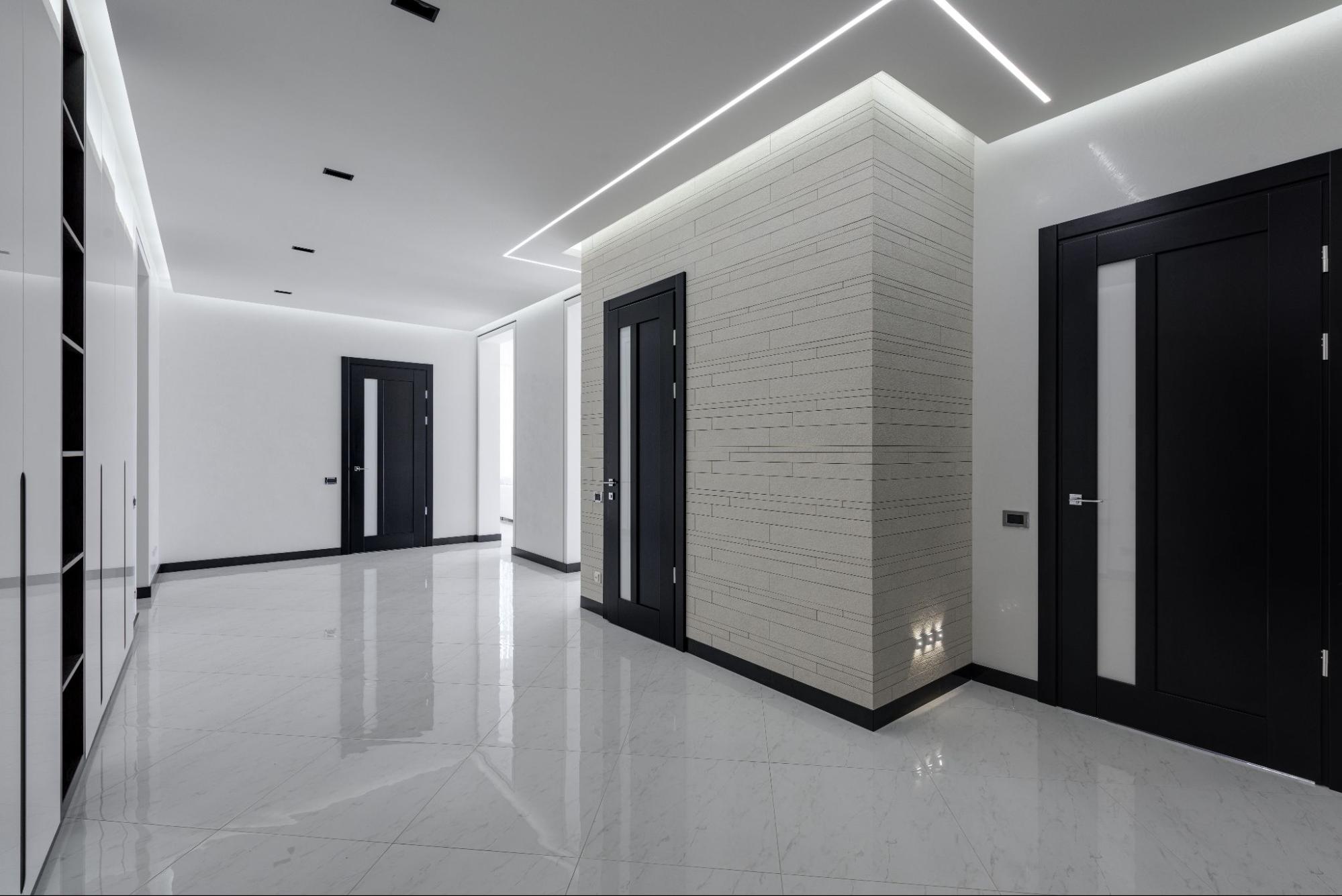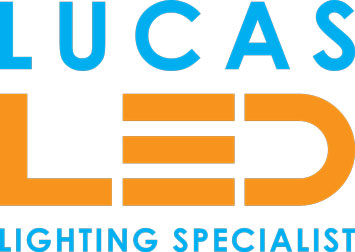12V or 24V LED Strip, Which One to Choose?

What do we know about 12V and 24V LED strip lights? They are the same specification. Both of them are 120 LEDs per metre. Also, both of them are 3528 SMDS. Guess what? Both of them use the same quality components. What is the difference then? Which one is better? Which one to choose? What are the benefits of both of them? And what are disadvantages? In this article you will find answers to all the questions!
What is a 12V LED strip?
LED strip lighting is very popular among many lighting designers and architects because of color options (blue, green, yellow and white and much more), brightness and the improvements in efficiency. Pretty often people decide to buy it due to the fact that they are easy to install.
We should also explain the meaning of a voltage - this is something defined as the difference in electrical potential between two points. You can understand it as an electric pressure. Higher voltage does not always mean more power.
When it comes to 12V, this is the most popular voltage. You can easily power 12V LED strips with a battery, source or a mains power supply which puts out 12V DC. LEDs need much less than incandescent lights, which means that you won't need a very powerful voltage source. It's possible to use a wire between the LEDs and the power supply - you can use a cable with different colours of wires.
12V tapes will be perfect for you if you want to install LEDs with a low-end wattage. A good example is that both 9.4W and 4.8W LED strips draw 12V. You won't need more to achieve an effect of full brightness along an LED strip (almost 6 metres of distance from the 12V LED power supply). However, if you have to find a distance which is longer than 6 metres, you ought to install two strips that are butted together and wired back to the transformer in parallel.
Powering 12V LED strips with 24V power supplies - is that possible?
It's not possible to power 12V LED strips with a 24V power supply. This type of lighting is constant voltage light, so basically the power supply output voltage needs to match the working voltage of your LED strip light. You would need to construct a voltage divider and then use the dividers output as a supply. However, it will lower your current draw, which will result in changing brightness a bit.
You could also possibly add a series resistor in order to drop the voltage by 12 volts, however, it will require a lot of work and knowledge from you. Summing up the matter of powering 12V LEDs, you'd better not do it. 12V LED strips should be connected with 12V power supplies. The same with 24V LED strips, which should integrate with 24V power supplies.
Where to use them? Benefits of 12V
12V LED strip lights are ideal to illuminate any application which may need a customizable length both outdoors and indoors. Also, they are perfect for vehicle applications. They will perform very well in projects which require shorter segment lengths because they allow for exact, accurate cut points. Always make sure that you got the right strip light! To sum up, if you need a short run of a LED strip, you should use twelve volts DC.
What is a 24V LED strip?
We already know what LED strip lights are in general. We also learned a lot about 12V strips. In that case, we should find out more about 24V. What are 24V LED strip lights? 24V is second most popular voltage. LED tape in the 24V version carries the current required for its higher wattage way better than 12V.
All high-wattage and high-brightness LED tapes should be 24 volts. 14.4W, 19.2W,24W - all three of them draw 24V. They may give us different shades of white: cool white, warm white, but also different colours.
Where to use them? Benefits of 24V
24V would be perfect for you if you're looking for a longer run. Simply saying, if you want to push your power further, you'd better choose twenty-four volts DC, which is "the higher pressure". Stick with 24V if you need more than 10 meters! What 's more, a 24V LED strip draws less current than 12V - half as much!

What are the main differences between these two types?
When should you choose one over another? You should take a few things into account, such as cut points and emperage. You should also think about which one has the longest run series.
Longest run in series
Usually, the length-limit for the first one would be 5m (this type is powered from the end) and, at the same time, a 24V may be run further. To be more precise, a 24V LED may run 7m, so 2m longer than in the case of a 12V LED. It means that if you search for longer runs, you ought to choose a 24V type.
Cut points and amperage
The next thing is the issue of cut points. 12V LEDs are always somewhere in the middle. They are half the distance between cut points. When it comes to the amperage (amount which you may put on a controller), 24V is "the winner" - they draw half the amperage of 12V. 24V makes it possible to power double the amount of LEDs on the same receiver.
Are there any similarities between 12V and 24V?
We can see different numbers in names but still 12V and 24V have a lot in common. They look the same, they are capable of the same light output and they cost the same. They are available in the market. Moreover, we may choose the optimum combination of both of them to supply the necessary power.
Brightness and lifespan
When it comes to brightness, there is actually no difference between two types of LED strip lights. The voltage doesn't determine the light output (unlike other things - quality of the LEDs and so on). LED strips produce the same amount of brightness. There is the same situation with a lifespan - 12V and 24V do not differ at all. They are both long lasting and durable. From all of the benefits of the LED technology, its long lifespan is the most impressive.
Safety, reliability and flexibility
f you're looking for something which is really reliable, you can choose either 12V or 24V LED tape - they are both built in a way that they draw the perfect voltage. They will give you optimum brightness and, what is more, you will be happy to use them for a very long time! What's more, form and colour may be used as desired as the strips are really flexible. They can adapt to every venue - without exaggeration! And most importantly, they are both very safe!
Summary
The biggest difference between 12V and 24V is length. If you want to light a long line, you should choose 24V LED strip lights. There are also some differences when it comes to cut points and amperage. 12V LED strips are better for vehicle applications. 24V LED strips are better for those who look for the longest run in series. Besides, these two types have a lot in common - they are long-lasting, safe, reliable and flexible!














